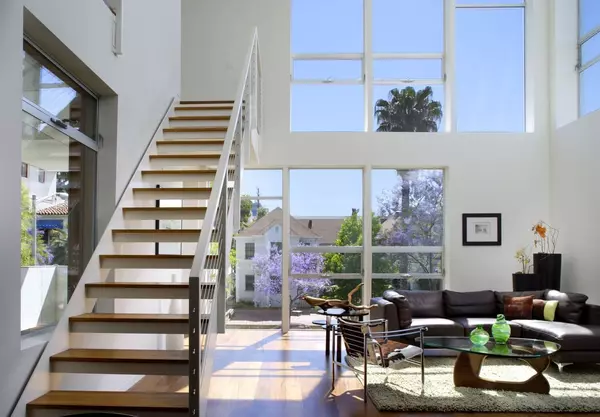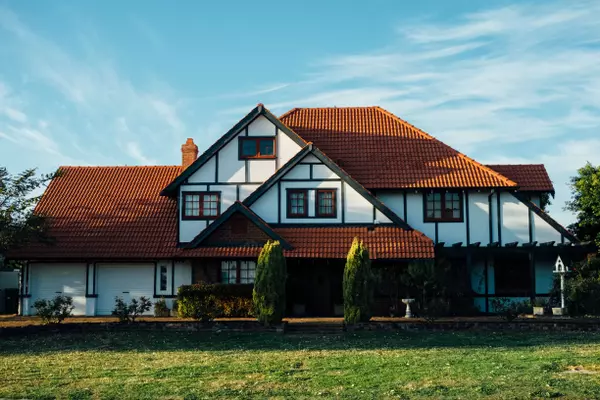Diversifying Portfolios Through Rental Opportunities in Master-Planned Communities
Master-planned communities (MPCs) are increasingly attracting attention from investors seeking to diversify real estate portfolios. Beyond traditional homeownership models, these communities offer rental opportunities that provide both stability and growth potential. With their integrated infrastructure, mixed-use designs, and focus on long-term sustainability, MPCs create environments where rental demand remains strong, and investment risk can be managed more effectively, although outcomes vary by location and market.
Stability Through Community Design
One of the key advantages of rental investment in MPCs is the inherent stability built into the community. These developments are often meticulously planned with a mix of residential, commercial, and recreational spaces, ensuring that residents have access to amenities that support daily life and long-term satisfaction. Walkable streets, parks, schools, and transit options create an environment that attracts long-term tenants. Unlike isolated rental properties, MPCs are designed to foster engagement and connectivity, reducing vacancy risks and enhancing tenant retention.
High Demand for Rental Units
The growing demand for rental housing, especially in areas with limited ownership opportunities, positions MPCs as an attractive investment. Many residents are drawn to the convenience and lifestyle benefits of these communities but may not be ready or able to purchase a home outright. By offering a range of rental options, from single-family homes and townhouses to apartment units, investors can tap into diverse market segments, including young professionals, families, and retirees seeking low-maintenance living.
This demand is reflected in the rental premiums observed in MPCs; a study of four high-performing communities found that multifamily units within these developments achieved average per-unit rents approximately 19% above those in nearby neighbourhoods.
Predictable Cash Flow and Risk Mitigation
Investing in rental properties within MPCs often provides predictable income streams. The planned nature of these communities means that essential infrastructure, transportation links, and amenities are in place before occupancy peaks, helping to stabilize rental yields. Furthermore, mixed-use designs that combine residential units with retail, dining, and entertainment options create natural demand for nearby rentals. This integration reduces the risk of market volatility and ensures consistent cash flow for property owners.
Flexibility Through Portfolio Diversification
Incorporating MPC rentals into a broader investment portfolio enhances diversification. Investors can allocate capital across multiple unit types, price points, and community locations, reducing exposure to localized market fluctuations. Additionally, rental properties within MPCs can serve as a hedge against shifts in housing markets. While detached single-family homes might experience variable demand due to affordability constraints, rental units in well-located, amenity-rich communities can maintain strong occupancy rates and steady returns.
Capitalizing on Long-Term Appreciation
Master-planned communities are often developed with a long-term vision, including phased growth, infrastructure expansion, and integration with regional development plans. This strategic approach supports property appreciation over time. Investors who enter the rental market early in a community’s lifecycle can benefit from both rental income and the potential for capital gains. Well-managed MPCs that prioritize sustainability and quality design typically experience higher demand, further enhancing the value of rental assets.
Technology-Enhanced Management
Rental properties in MPCs can also benefit from advanced property management technologies. Smart home systems, building automation, and energy-efficient infrastructure not only attract tenants but also streamline management processes for owners. Digital leasing platforms, automated maintenance requests, and energy monitoring tools improve operational efficiency, reduce overhead, and enhance the tenant experience. These innovations make rental investments in MPCs more manageable, scalable, and profitable over time.
Targeting Emerging Demographics
MPCs appeal to a wide range of people, offering investors multiple avenues for rental income. Young professionals and families value proximity to schools, parks, and transit, while older residents may prefer low-maintenance housing with recreational amenities. Investors can structure rental offerings to meet these varied needs, whether through short-term or long-term rentals, or other rental models. By understanding the target demographics of each community, investors can optimize occupancy and tailor property features to maximize returns.
Social and Environmental Sustainability
Communities designed with social and environmental sustainability in mind are particularly attractive to tenants and investors alike. Green spaces, energy-efficient buildings, and inclusive communal areas enhance quality of life, making properties more desirable and easier to lease. Rental units in these communities tend to attract higher-income tenants, although premiums and retention rates vary by location. This alignment is excellent for both ethical and financial reasons.
Advantages of Strategic Locations
Many MPCs are strategically located near employment hubs, transit corridors, and lifestyle amenities, increasing the appeal of rental units. Proximity to commercial centers, education institutions, and cultural attractions ensures ongoing demand, even during periods of broader market uncertainty. This helps rental properties in these connected communities maintain strong occupancy and rental income.
Rental opportunities within master-planned communities provide a practical way to diversify a real estate portfolio. The planned nature of these communities, combined with access to amenities and infrastructure, can support steady rental demand and consistent income. Thoughtful design, sustainable features, and convenient locations help create properties that remain appealing to tenants over time, offering investors a balance of income stability and potential long-term value.
Recent Posts










